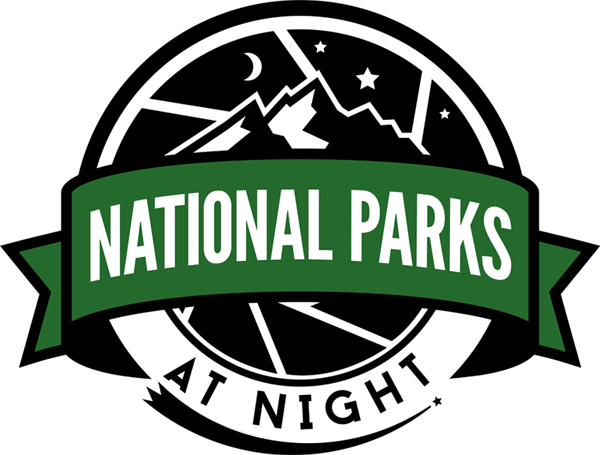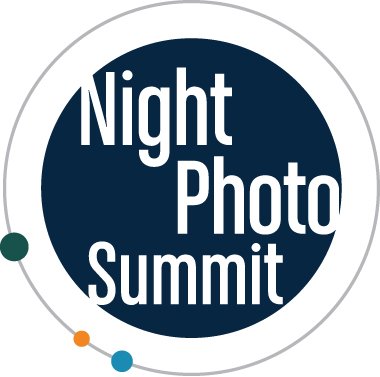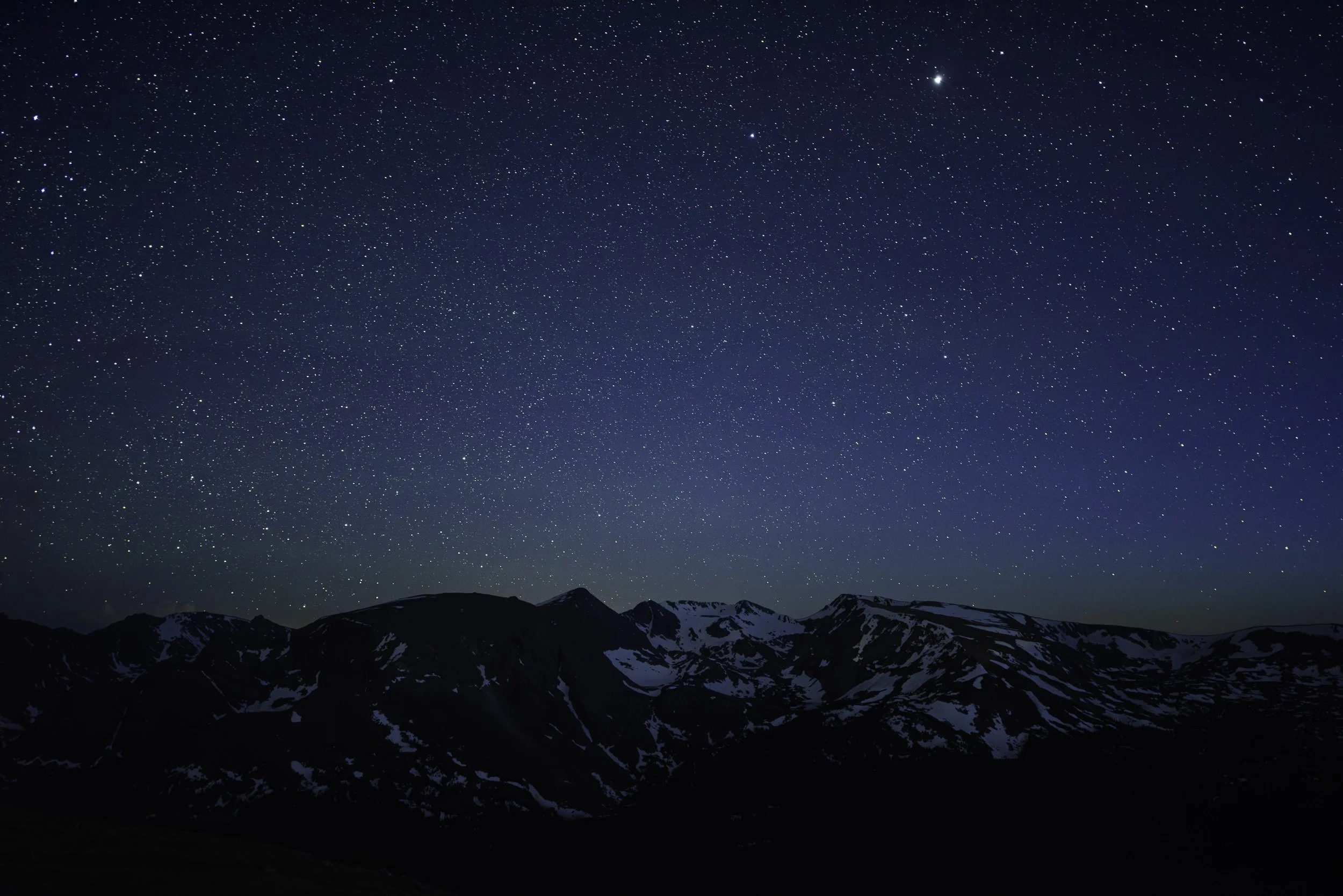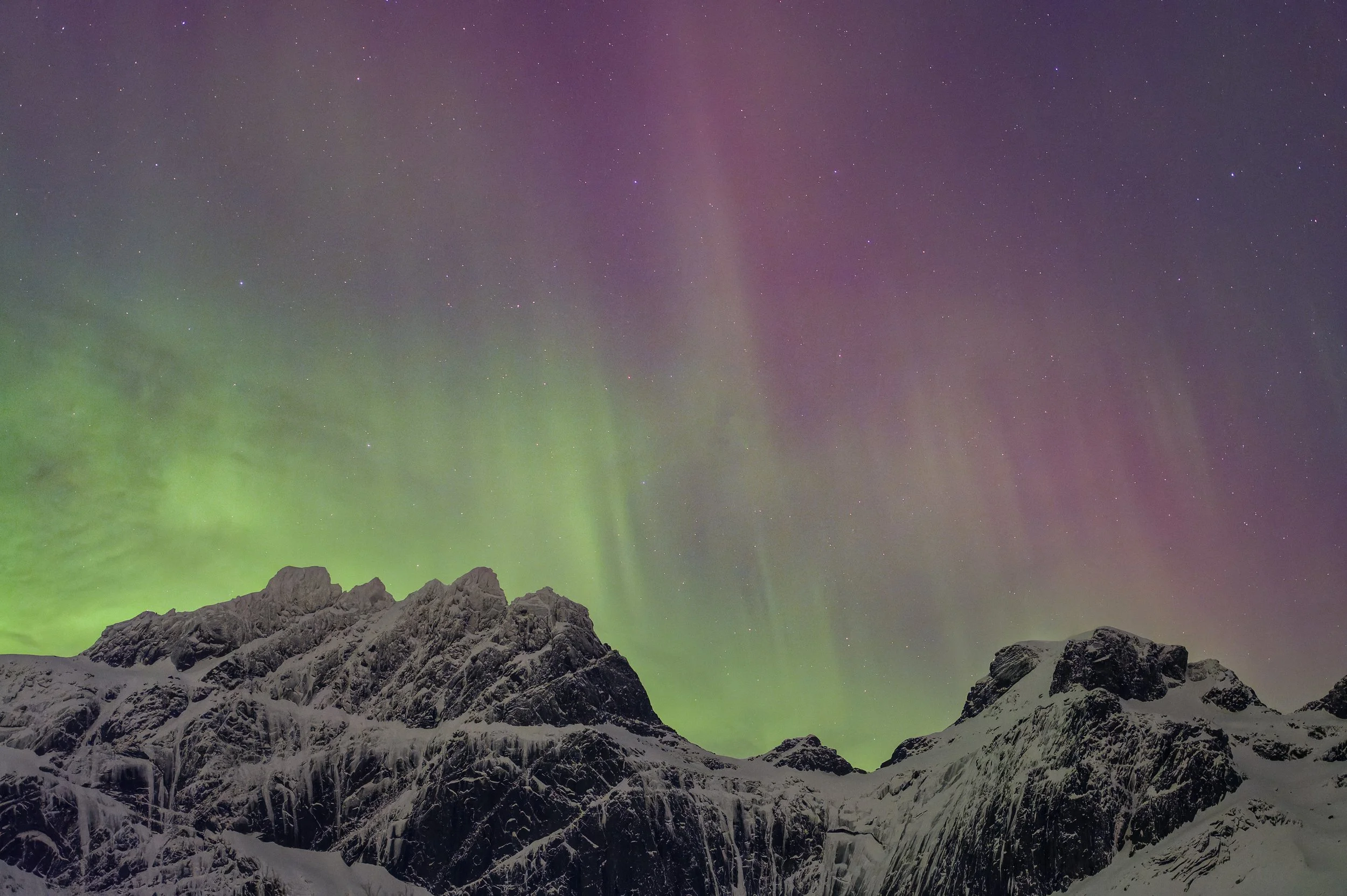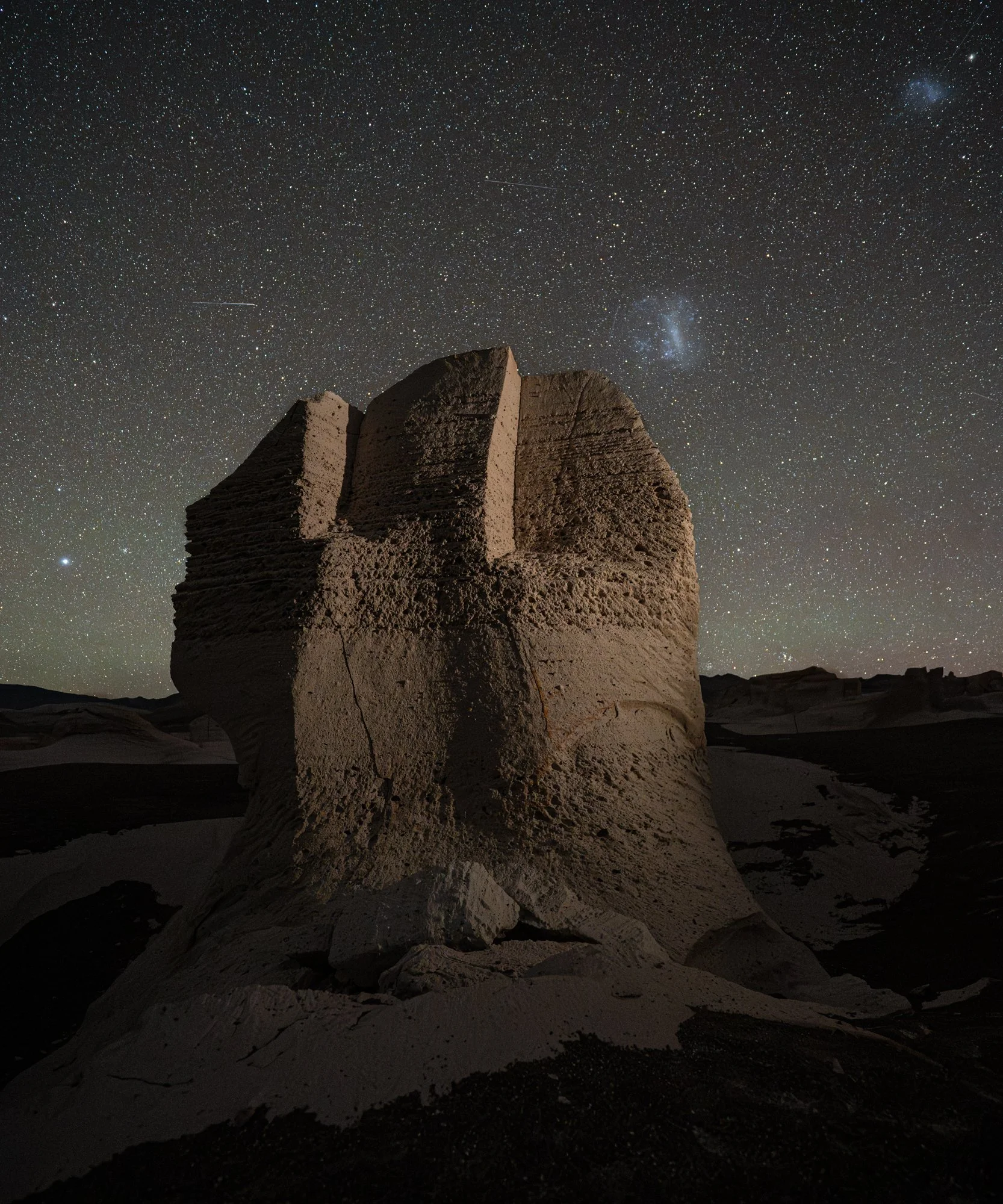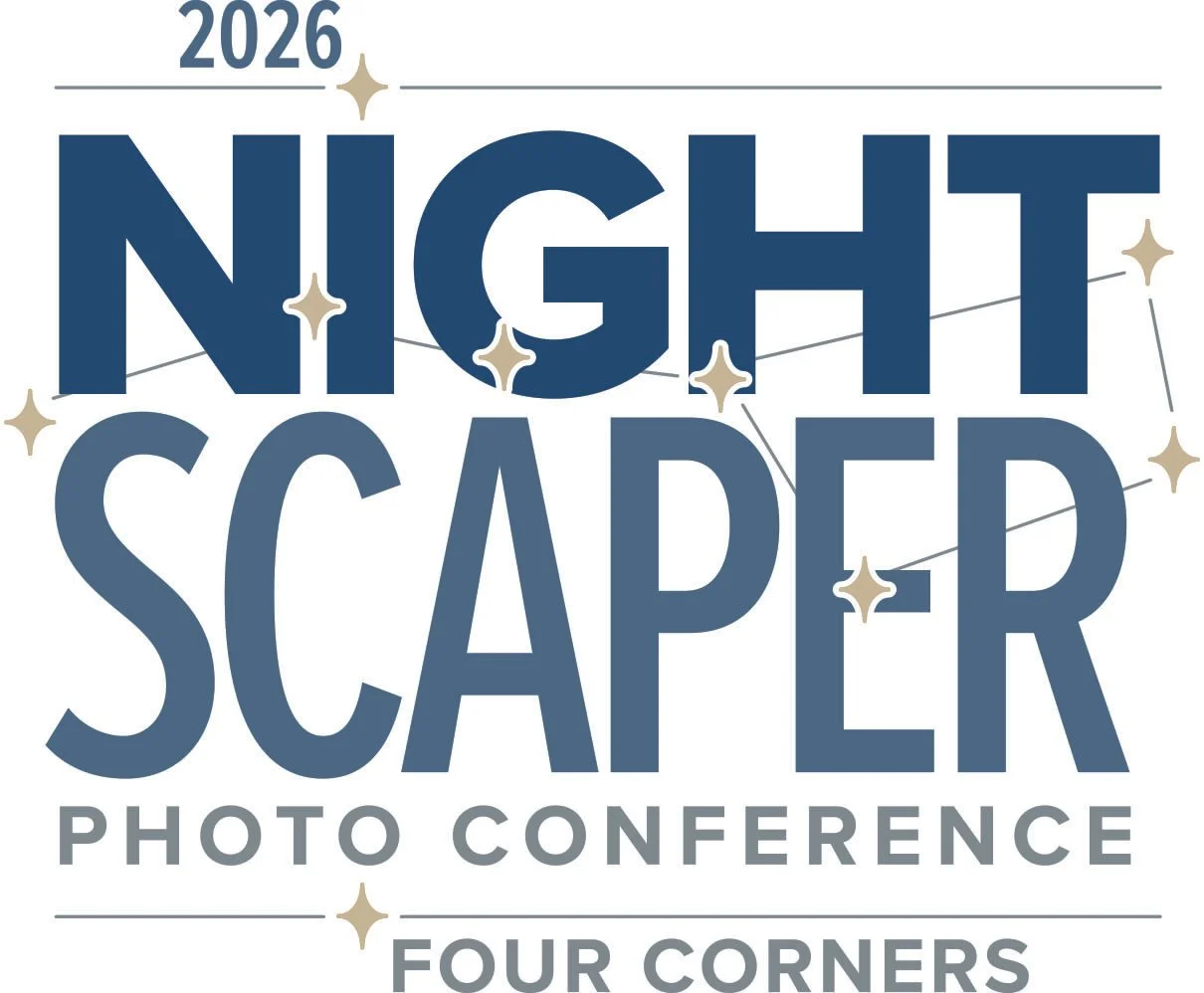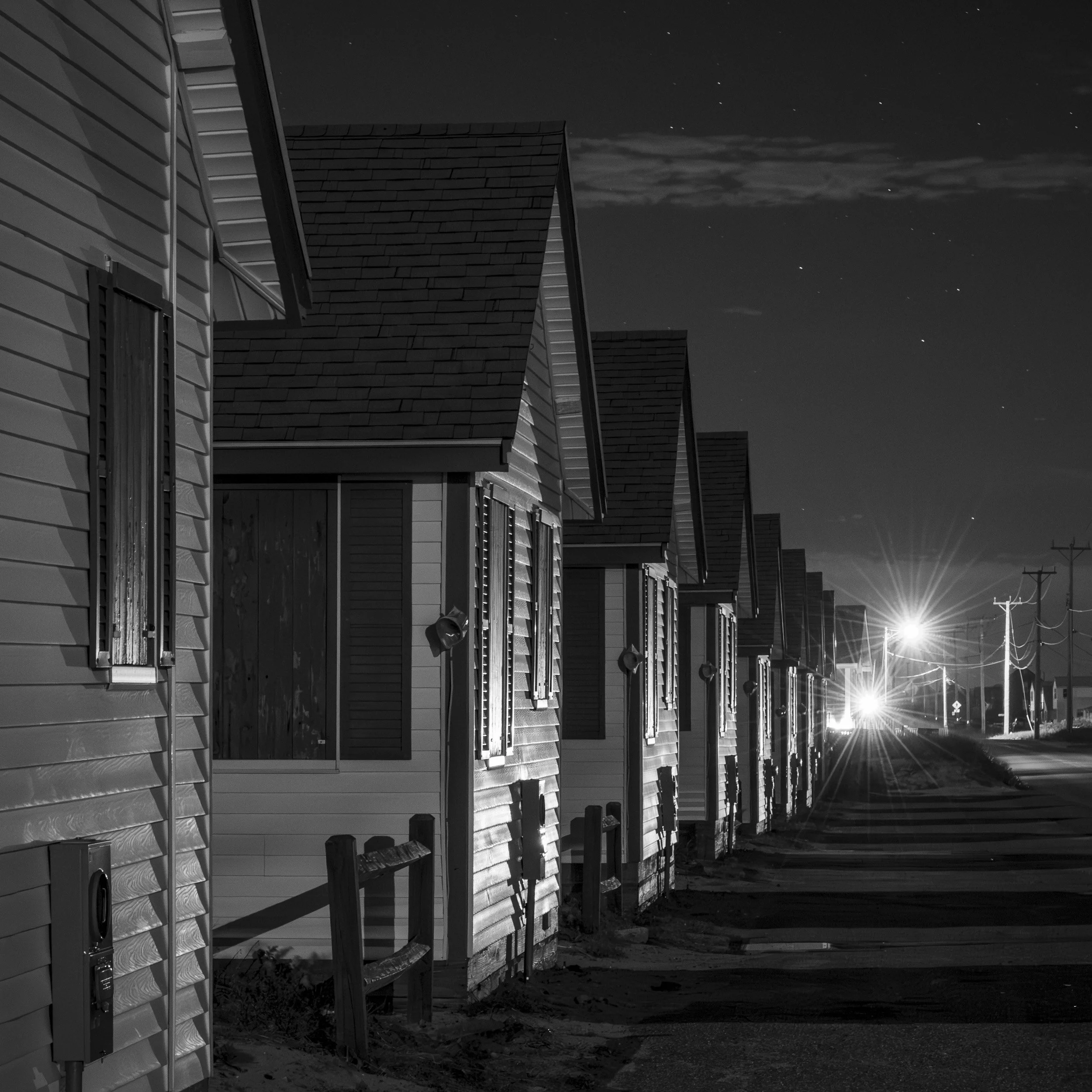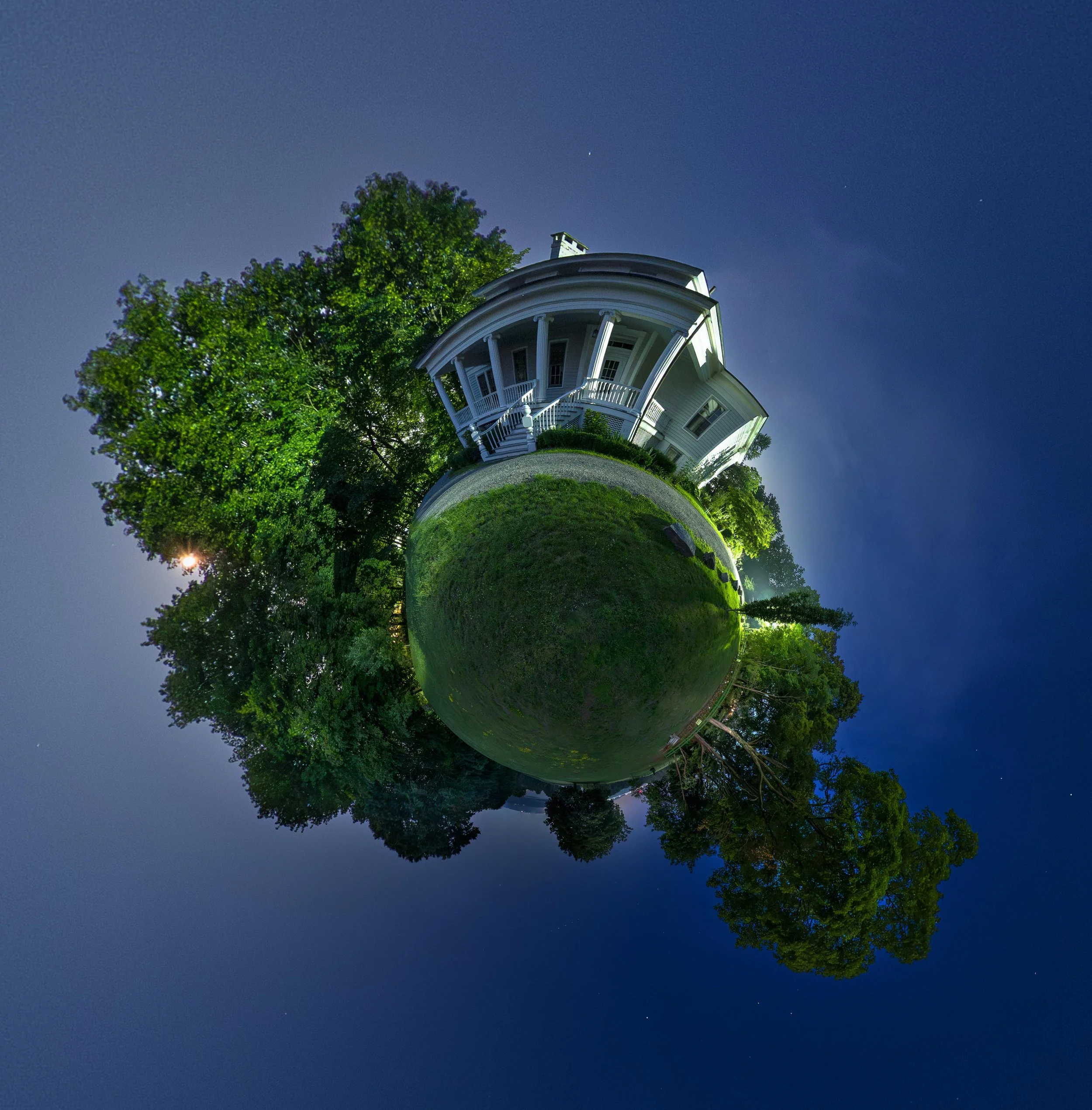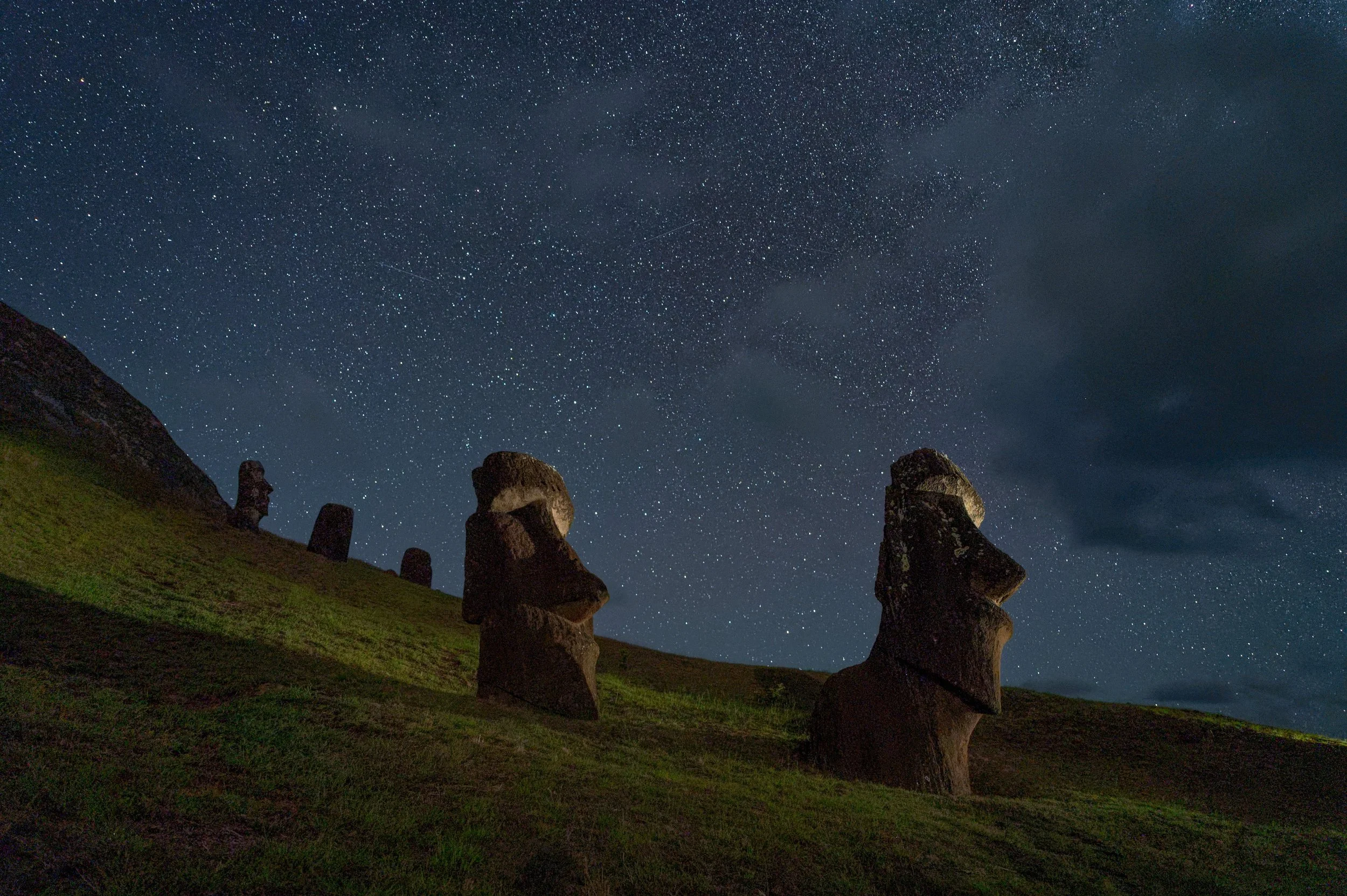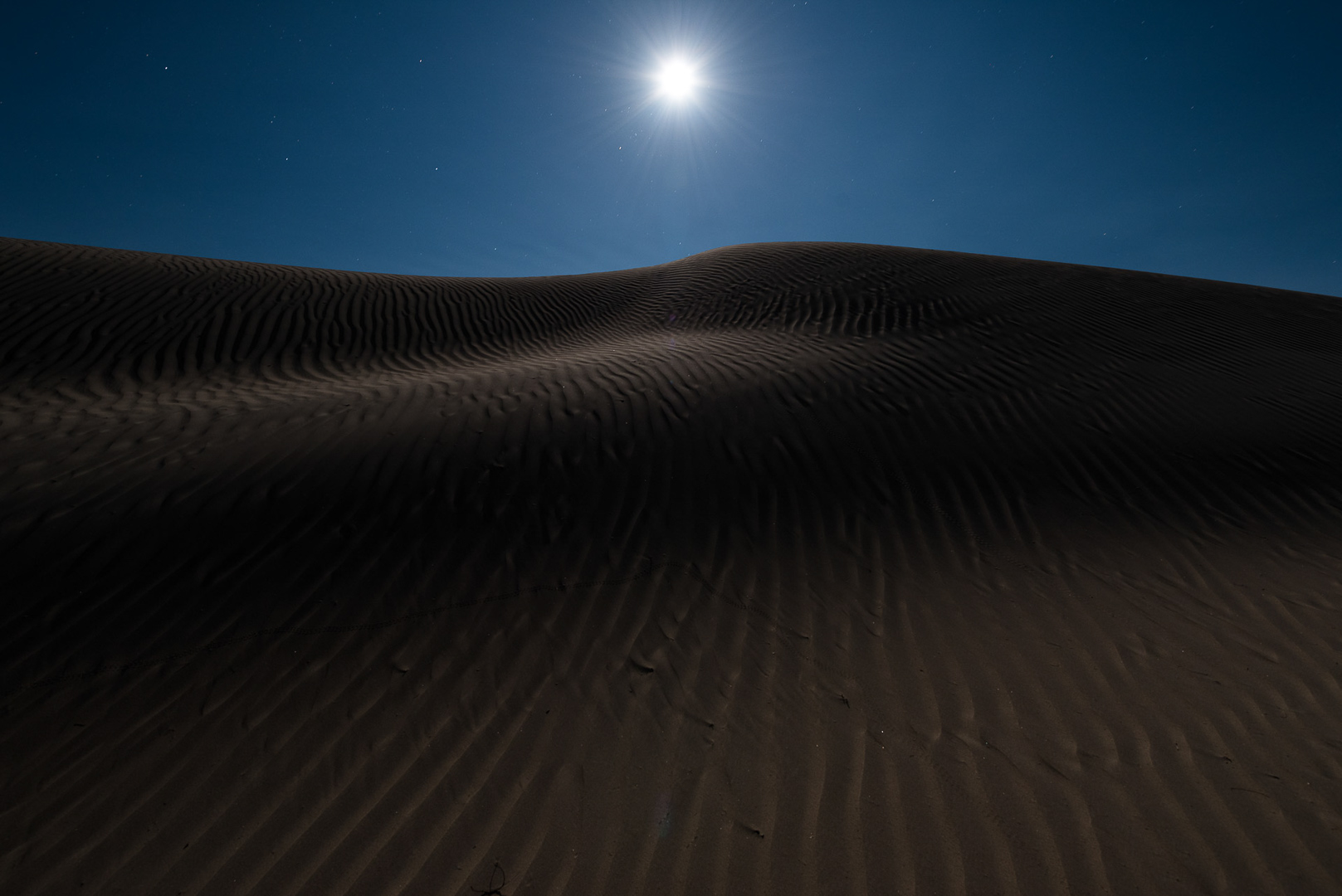You’ve made it. You’re in that *special* place in your dream wilderness area. Darkness is upon you, the stars are doing that winky, twinkly thing. And that amazing monument of nature is laid out in front of you. … And then so are a dozen or more other people.
When you’re shooting in a crowd, how do you make an image that doesn’t look the same as those of the photographers around you?
It’s a question we get often on our workshops. And here is how we encourage our attendees (and ourselves!) to frame for personal and visual success. In other words, here are some tips for how to stand out among a crowd of other night photographers.
You’re Special
First, consider this: None of us sees things the same way. So, relax. Trust the aspirations that got you into photography in the first place.
All of the instructors here at National Parks at Night have seen this over and over, even when it’s just us out shooting for fun. And we are surprised and delighted over and over again when our workshop participants (and we!) make startlingly different images from the same location.
So believe in your instincts. Believe in your eye. Let it take you to the right spot and let yourself see what it shows you.
Cooperate & Collaborate
If you read our blog on the regular, you’ve seen examples of the power of many photographers working to make an image together. Here are some examples:
To properly light some scenes, it’s fantastic to have one person operating the cameras, and others out in front or to the sides carefully constructing a story of light and shadow with light painting, light writing and more.
It’s fun. And if you swap places, everyone gets a turn directing the lighting, running cameras and making light in all the right places.
On top of that, you can make friends with like-minded people this way. Not only do you encourage sharing the space and respect, but you could also gain a shooting partner!
‘When everybody zigs, zag’
Although Marty Neumeier’s advice comes from a book for marketing professionals, it applies to all walks of life.
Differentiation is what makes someone or something stand out in a sea of similarity. It requires awareness of what others are doing paired with finding a place, voice or meaning that others are ignoring.
A very simple way to apply this is to look at what lens everyone else is using and then use a different one.
For example, when Gabe and I were at Devils Tower National Monument and everyone had their ultrawide lens on, I switched to my Nikon 70-200mm f/2.8 and pushed in on the rock formation.
My zag. Nikon D750, Nikon 70-200mm f/2.8. 271 seconds, f/2.8 ISO, 800.
What most others were capturing. Not a single other person did that. And the image I made feels very personal and powerful. One may argue that the insanely colorful sky glow was worth shooting. Right on—I agree. I shot both! And I believe the tight shot on the tower has power and emotion that the wide shot cannot provide. Nikon D750, Zeiss 15mm Distagon f/2.8. 30 seconds, f/2.8, ISO 3200.
Try a Different Angle
Often, it looks like there is one obvious, reallllly great spot to shoot from. You may label it as “ideal.”
But walk around. Go low. Go high. Go vertical or horizontal. Go around the back. Turn around 180 degrees.
Remember, in the northern hemisphere, star circles are to the north and the Milky Way is to the south. Work your way around something and capture both opportunities.
Around the backside of the ruins, I found this. Nikon D750, Zeiss Distagon 15mm f/2.8. 25 seconds, f/2.8, ISO 6400.
And most people chose this view. Nikon D750, Zeiss Distagon 15mm f/2.8. 322 seconds, f/2.8, ISO 400.
Walk away—Wipe the slate clean—Do something unexpected
My favorite example of this is is when I was scouting Capitol Reef National Park with Gabe and Chris. Gabe was way off to the left. Chris was somewhere off to the right. And frankly, I wasn’t having such a good night. I wasn’t feeling it.
So I walked back to the car and said, “Well, let’s get some frames in. I drove umpteen hours to be here. Just do the work, and good things will happen.”
Then, being me, I just kind of noticed how shiny our car was. And then how the stars reflected perfectly off the hood.
“Can I get stars off our car hood?” Nikon D750, Zeiss Distagon 15mm f/2.8. 120 seconds, f/3.2, ISO 400.
Honestly, after I saw this photo come up on the LCD, it changed my entire mood. I went from “Meh” to “Let’s do this!” in one frame. Then I went back and found these scenes:
That’s more like it. Nikon D750, Zeiss Distagon 15mm f/2.8. 723 seconds, f/3.5, ISO 100.
Foreground for the win. Nikon D750, Zeiss Distagon 15mm f/2.8. 240 seconds, f/4.0, ISO 400
Plan to be Different
If you are a plan-ahead kind of person (or want to develop the habit) pull out PhotoPills and do some virtual scouting. Or use Google Earth and Google Images or Instagram to familiarize yourself with how others captured a particular scene.
You may spot an opportunity at the edge of their frame that piques your interest and stirs your creativity. Or, even while going to find the spot they shot from, you may see something they didn’t see.
Get Meta—Photograph the Photographers
I absolutely love showing our human relationship to the natural environment.
More often than not, I step back a little, set up my camera to make photos of the people working the scene, and set my intervalometer to run continuously.
From a time-lapse sequence I ran while working on light painting with some workshop attendees. Nikon D750, Nikon 70-200mm f/2.8. 13 seconds, f/2.8, ISO 6400.
By doing this, I:
1) get amazing time-lapses
2) always get something I could not have planned or directed
Another thing you can do is ask a fellow photographer nearby to pose for a portrait. Wouldn’t you want a photo of you doing what you love, where you love doing it? Imagine their delight (and yours).
Workshop student Susan making a pass with a light wand behind our model. Nikon D750, Nikon 105mm f/1.4. 8 seconds, f/4, ISO 200.
Use Hikers and Headlamps as an Advantage
When I see other park visitors moving into my scene, I ask myself, “How can I make this work for my image?” Some people turn off the camera when it happens, but I love when strollers-by wear headlamps and wave flashlights around.
I’ll time my shots to incorporate these “human car trails” with glee and determination. I like to wait it out until they traverse my entire scene.Fuji X-T1, 7artisans 7.5mm f/2.8 Fisheye. 800 seconds, f/2.8, ISO 100.
It’s Just a Jump to the Left …
We all do the Time Warp when we’re out making night photography. Collecting all those photons on a sensor is truly a remarkable thing. We’re lucky we have to tools, the time and the opportunity to do it.
I hope my suggestions help you get more out of crowded situations, and make you feel like a winner when being creative in those wild, starry places.
